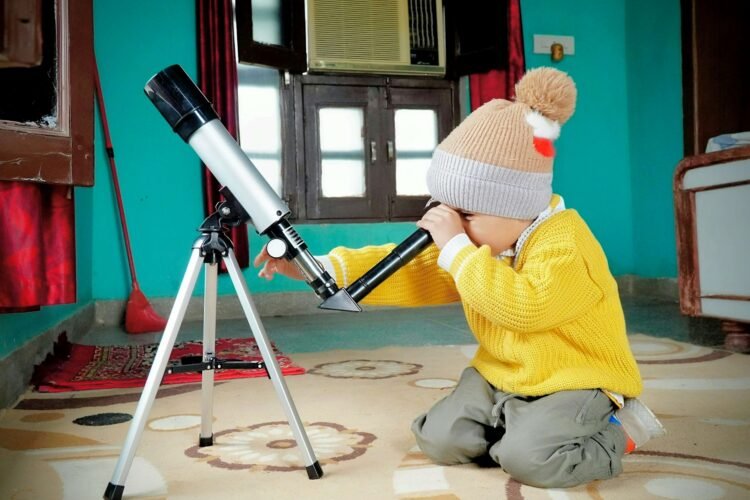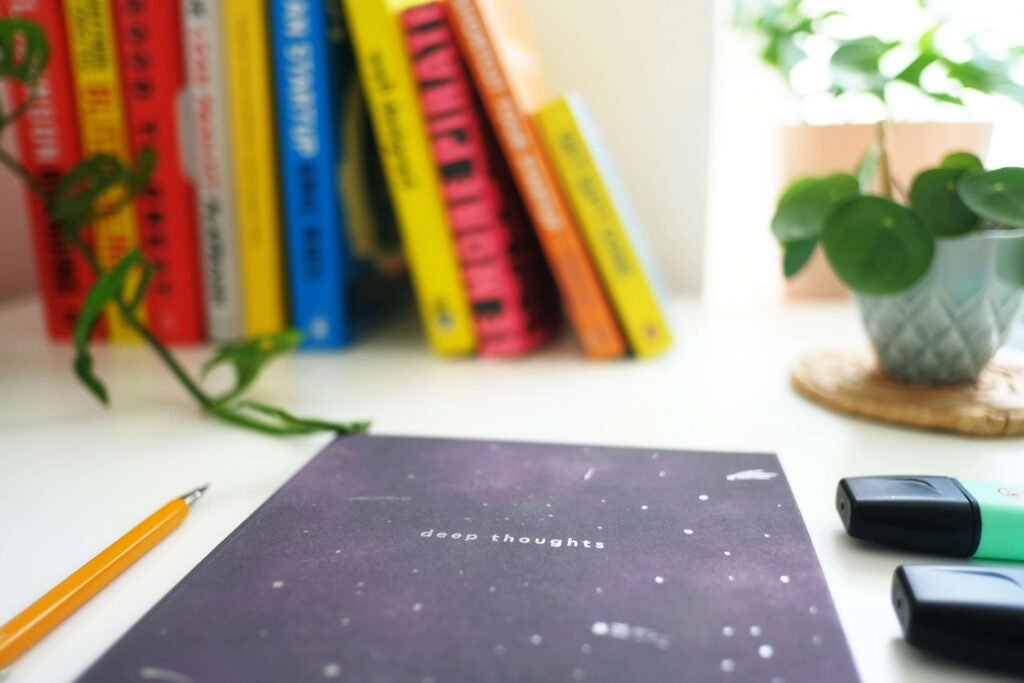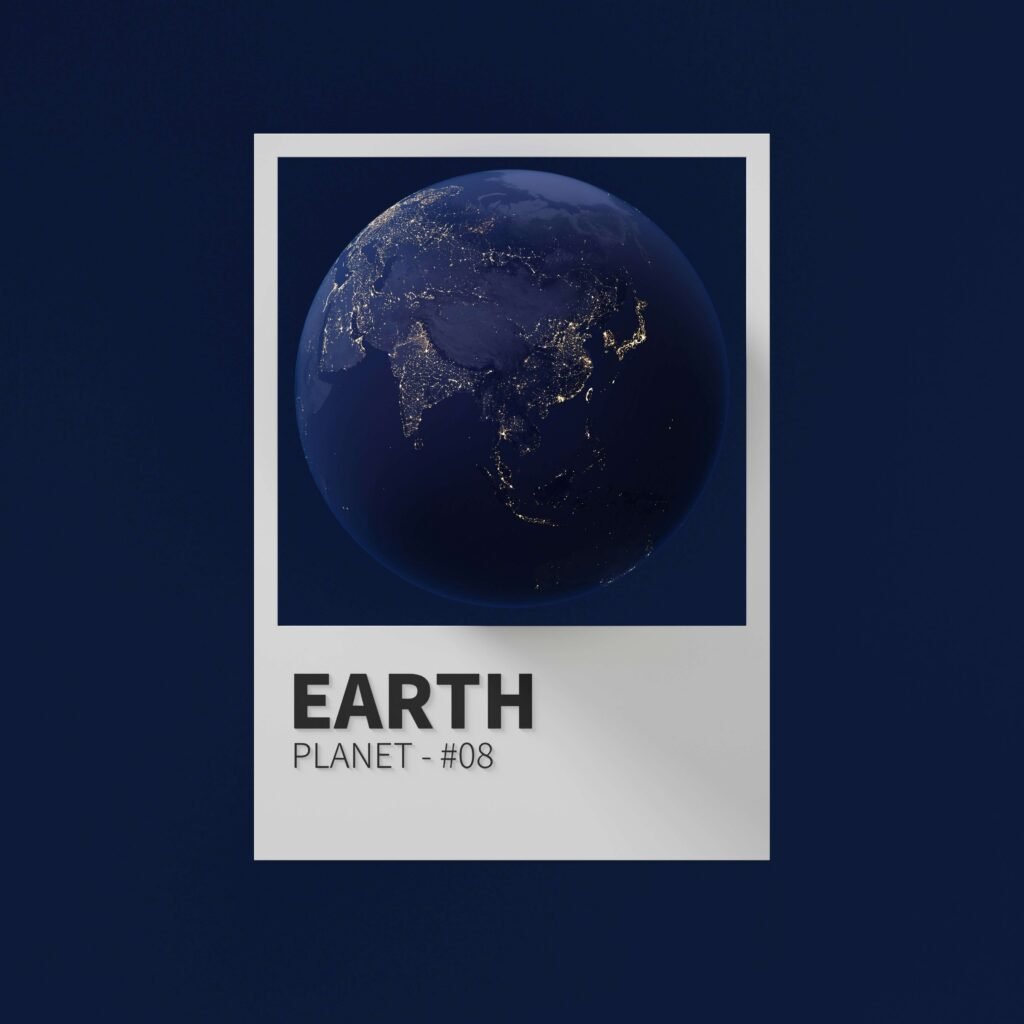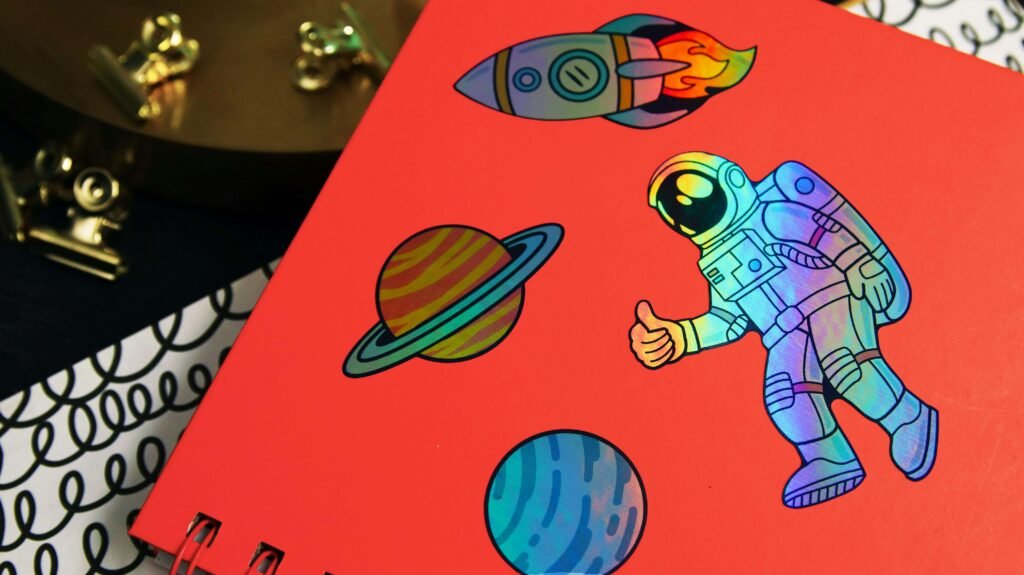09.06.2025
Helping Kids Learn Science Without Screens
Learning Tools

Rediscovering Hands-On Learning
In an age where education often relies on tablets and video lessons, many parents and educators are looking for ways to help kids learn without adding more screen time. That’s especially true for science. And the good news is—space-themed resources are a perfect entry point for offline learning that still feels exciting and modern. From paper-based learning units to printable games and craft projects, there are endless ways to engage curious minds without the need for a single battery.
Tactile Exploration Builds Better Retention
Children retain more when they use their hands. Folding a paper rocket, matching flashcards of planets, or cutting out a moon phase wheel doesn’t just teach—it reinforces. When kids engage multiple senses, their brains create stronger memory pathways. That’s one reason why science becomes so memorable when learned through physical interaction. It’s the difference between reading “Mars is the fourth planet” and physically placing Mars in the correct order in a DIY solar system.
The Joy of Analog Discovery
Screen-based learning often prioritizes speed and visual stimulation. But analog tools invite children to slow down, think, and discover. A printed unit study allows space for doodles, notes, and independent thought. Matching games encourage focus, observation, and pattern recognition. These offline experiences help children build patience, concentration, and an ability to learn without constant digital feedback.
Parents Become Co-Learners
Printable space tools empower parents—even those who don’t consider themselves science-savvy. With clear guides, pre-designed activities, and easy instructions, parents can join in on the fun. Learning becomes collaborative. A flashcard game turns into a dinnertime discussion. A cut-out telescope model becomes a storytelling prompt. In this setting, education isn’t a lecture—it’s a shared exploration.
Less Distraction, More Depth
Screens offer instant access to content, but also constant distraction. Notifications, tabs, ads, and autoplay can pull kids out of focus before they’ve truly absorbed a concept. Printable resources cut out the noise. Children can sit with a project, focus on a single idea, and see it through from beginning to end. This deep engagement is where lasting learning happens.
Real World Meets Cosmic Wonder
One of the most beautiful parts of science is connecting what we see in the sky to what we can touch and make. A cut-and-paste constellation craft bridges that gap. So does a physical solar system game or a DIY astronaut journal. When learning is rooted in something tangible, it no longer feels abstract or far away. It becomes part of a child’s world—and sparks lasting fascination.
A Balanced Future of Learning
Digital tools aren’t going away, but printable learning resources give families and educators a choice. They provide balance. Screen-free space education is still modern, still relevant—and it reminds kids (and adults) that learning doesn’t have to glow to be meaningful.

Share

09.06.2025
Using Space to Spark Big Questions in Kids
Why Space Inspires More Than Just Facts When kids start learning about space, it’s not just the planets or stars...

09.06.2025
A Parent’s Guide to Making Space Education Easy
Space Is Big—But Teaching It Doesn’t Have to Be The universe might seem overwhelming, but introducing your child to space...

09.06.2025
The Benefits of Thematic Space Learning Units
A Universe of Knowledge—Organized When kids learn about space, it’s more than just stars and planets—it’s an entire universe of...

09.06.2025
Why Kids Love Planet Flashcards
Space in Their Hands There’s something magical about holding a whole planet in the palm of your hand. Flashcards may...

09.06.2025
How Space Crafts Make Learning Fun for Kids
Turning Curiosity into Creativity Children are naturally curious about the world around them—and few things spark that curiosity quite like...


